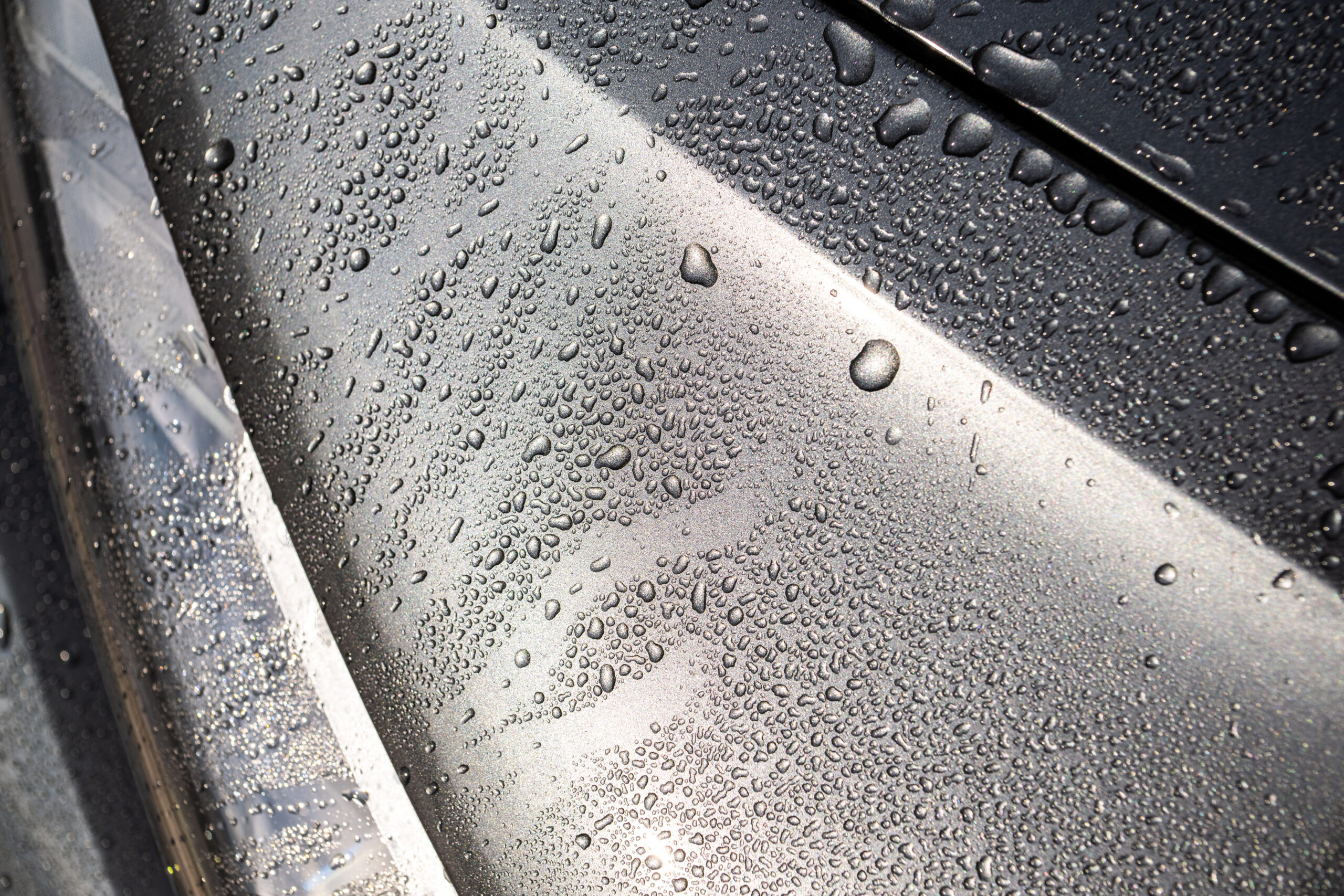Thermal camera technology is one of the most fascinating and least understood technologies used in law enforcement and military operations. There are many different thermal camera systems, each with their own strengths and weaknesses. Today we will explore three important questions regarding thermal imaging cameras
What is a Thermographic Camera?
A thermographic camera is an imaging device that captures thermal energy emitted by an object and converts it into a visible image. The resulting image is known as a thermogram and can be used to detect potential problems, such as insulation leaks or hot spots on electrical components.
How Do Thermal Imaging Cameras Work?
Most thermal imaging cameras detect infrared radiation, which is electromagnetic radiation with a wavelength longer than that of visible light. Infrared radiation is emitted by all objects with a temperature above absolute zero, so thermal imaging cameras can be used to detect hot objects or to see differences in temperature across an object or scene.
Thermal imaging cameras work by detecting the infrared radiation emitted by an object and converting it into an electronic signal. This signal is then processed to create a thermographic image, which is displayed on a screen or viewed through an eyepiece. The image shows the relative temperatures of different parts of the object or scene, with warmer areas appearing brighter and cooler areas appearing darker.
Is it Possible for an Thermal Imaging Camera to See Through Walls?
Many people believe that thermal imaging cameras have the ability to see through walls, but this is not the case. Thermal imaging cameras work by detecting infrared radiation, which is emitted by all objects. However, thicker objects will block more infrared radiation, making them appear cooler on a thermal image. So, while a thermal imaging camera can detect heat through walls, it cannot see through them.

Dangers of Having Thermal Imaging Cameras in Our Homes?
While thermal imaging cameras have a range of benefits, there are also some potential dangers associated with having these devices in our homes. If not used correctly, thermal imaging cameras can inadvertently capture intimate moments and invade privacy. In addition, if misunderstood, the images produced by thermal imaging cameras can be misinterpreted, leading to false assumptions and unnecessary alarm.
Is It Necessary to Maintain Privacy with a Thermographic Camera Nowadays?
In the current age of technology, it is becoming increasingly easy for people to access information that was once considered private. This includes information about our health, our financial situation, and even our personal relationships. With the advent of thermal imaging cameras, privacy may become a thing of the past.
Thermal imaging cameras work by detecting infrared radiation. This type of radiation is emitted by all objects, including human beings. By use of a thermal imager, it is possible to see through walls and clothing to the heat Signature beneath. This Signature can reveal a great deal of information about a person, including their medical condition, if they are pregnant, and even their emotional state.
While there are many potential uses for this technology, there are also many potential abuses. For example, employers could use thermal imagers to screen employees for sickness before they enter the workplace. Insurance companies could use them to deny coverage to people with pre-existing conditions. And stalkers could use them to track their victims without their knowledge.
The best way to protect your privacy is to make sure that you are not being photographed by a thermal imager without your knowledge or consent. If you believe that you have been photographed without your consent, you should contact an experienced attorney who can help you assert your rights and pursue any legal remedies that may be available to you.








